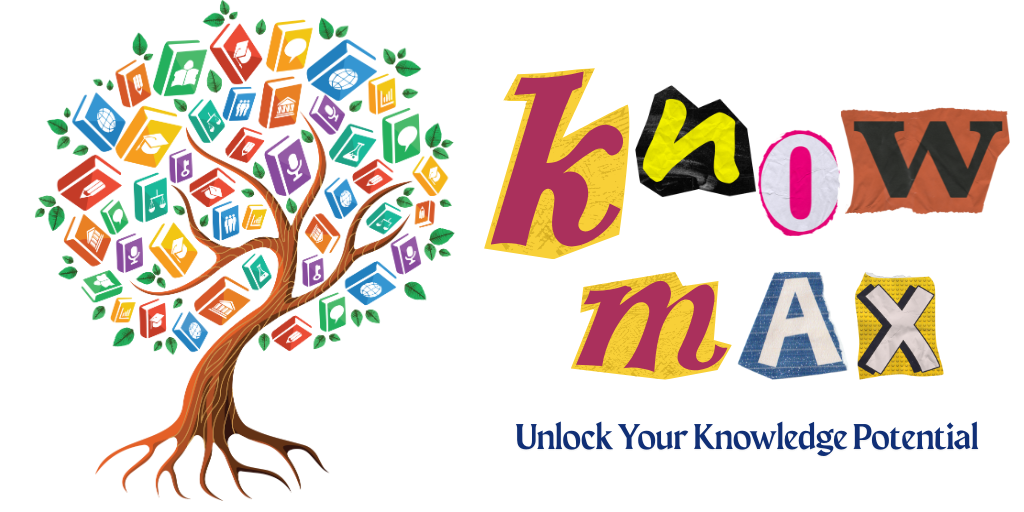In the rapidly evolving tech landscape, developers are constantly seeking innovative solutions to streamline their app development processes. With the advent of AI-driven tools, the ability to simulate real-world app usage has become a game-changer. This article explores how AI personas are revolutionizing the way developers test and refine their applications.
Transforming App Development with AI
AI-powered coding platforms are increasingly becoming essential for developers, enabling them to write extensive lines of code efficiently. These tools not only expedite the coding process but also enhance the overall quality of the products being developed. However, app creators often face the challenge of accurately assessing how new features will perform without fully launching beta versions. This is where AI personas come into play, offering a sophisticated solution for testing app functionalities.
Introducing a New Era of Testing
A groundbreaking startup has emerged, allowing developers to leverage AI to create diverse user personas. This innovative approach enables teams to simulate various user interactions, providing invaluable insights into how features can be optimized for better user experience. Founded by two seasoned entrepreneurs, this company is set to redefine the standards of app testing.
Funding and Growth
Since its inception, the startup has successfully secured significant funding, demonstrating strong investor confidence in its vision. The initial funding rounds attracted contributions from notable figures in the tech industry, underscoring the potential impact of this technology on product development. Investors recognize the need for a proactive approach to testing, moving beyond traditional methods that often rely on reactive data analysis.
Understanding User Needs
The founders conducted extensive interviews with product engineers to identify the challenges faced by development teams. As user interfaces become increasingly complex, the demand for thorough testing has never been greater. The insights gathered from these discussions highlight the necessity of minimizing friction in user workflows, especially as technology continues to evolve.
Addressing Diverse Challenges
Both small startups and large enterprises encounter unique obstacles in their development processes. Smaller companies often lack the resources to conduct extensive user testing, while larger organizations strive to avoid feature bloat that can hinder usability. The goal of this innovative solution is to eliminate the need for experimental feature releases, allowing companies to make informed decisions based on predictive analytics.
How the Simulation Works
When a client partners with the startup, they begin by uploading their event log data from popular analytics platforms. The AI then models user behavior, creating personas that represent a broad spectrum of the app’s user base. This allows developers to test their designs against realistic scenarios, ensuring that the final product meets user expectations.
Insights and Recommendations
After running simulations, the platform provides detailed reports that outline user interactions with specific features. These insights not only highlight successful elements but also pinpoint areas for improvement. Additionally, the inclusion of a chatbot feature allows teams to engage with the system, asking questions and gaining further clarity on their testing outcomes.
Targeting Key Industries
The startup is currently focusing on sectors such as finance and healthcare, where the stakes for product quality are particularly high. By working closely with clients in these fields, the company aims to refine its offerings and ensure that its solutions meet the rigorous demands of these industries.
Future Prospects
With a subscription-based model in place, the startup is poised for growth as it seeks to expand its customer base. As it continues to innovate and adapt to the needs of its clients, the company aims to achieve significant revenue milestones in the coming year, further solidifying its position in the market.
